The temperature on the North Pole is expected to reach zero degrees again this week, which is 30 degrees warmer than usual. If in fact so, this would be the third time in three months that the Arctic is experiencing a winter heat wave that usually only occur a few times per decade.
The Arctic has experienced dramatic “heat waves” twice earlier this winter (Unusually warm Arctic temperatures alarm scientists) with temperatures approaching the melting point. The forecasts indicate that it may happen again this week when an intense low pressure off Greenland pumps up the warm air from lower latitudes.
Powerful Atlantic storm with #hurricane-force winds is an extraordinary sight on satellite imagery: https://t.co/NUHT9qhMHn pic.twitter.com/2JVsdDJxLV
— The Weather Channel (@weatherchannel) February 6, 2017
The air pressure that moves up between Iceland and Greenland is exceptionally low, at 932 hectopascal. This means sharp movements in the atmosphere with winds of hurricane force. Satellite images show winds strong as a tropical cyclone. Which are very unusual at this latitude.
Incredible satellite imagery of powerful hurricane force system churning in the central #Atlantic – ASCAT passes confirm 80+ kt winds! pic.twitter.com/ED8IobAs9u
— NWS OPC (@NWSOPC) February 6, 2017
Extreme temperatures are not entirely uncommon in the Arctic, and deviations from normal temperatures should always be expected. But three such extreme events during the same winter season is something never seen before and quite remarkable. In addition, there was a similar heat wave in the Arctic last winter.
It is the frequency rather than the level of warming that is remarkable and according to a scientific study that was published last year in the wake of the heat wave that struck the Arctic last winter, this kind of extreme heat events have occurred only one or two times per decade since the 1950s.
The global warming effect in recent decades has been about twice as high in the Arctic as in the rest of the world. The ice cover around the North Pole has gradually declined since satellite measurements began 30 years ago. One argument says that deglaciation has a self-reinforcing effect on warming in the north.
There was an unusually strong El Niño last year, which often correlate with higher temperatures than usual. However, scientists deem it unlikely that El Niño had an effect on the temperatures at the Arctic.

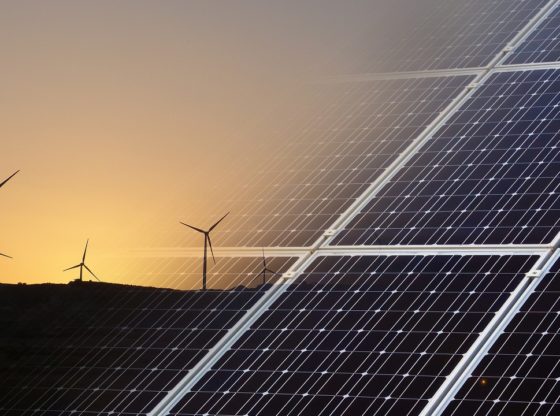

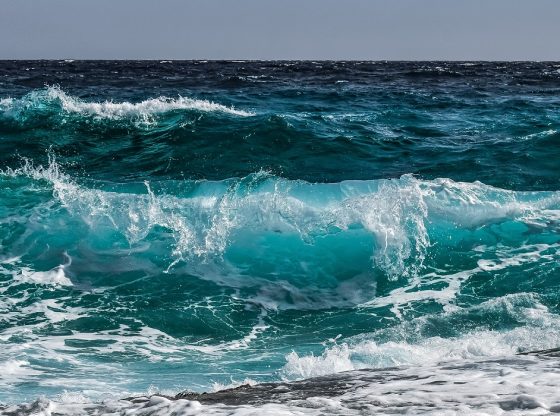
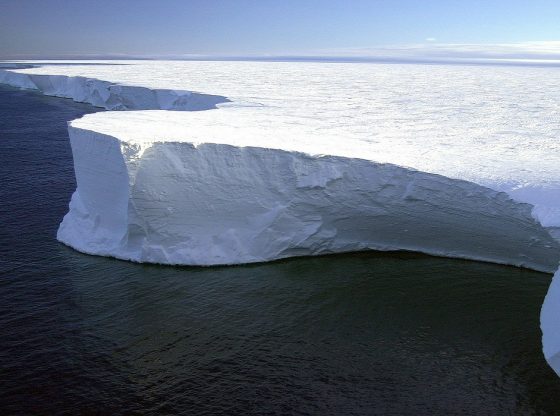
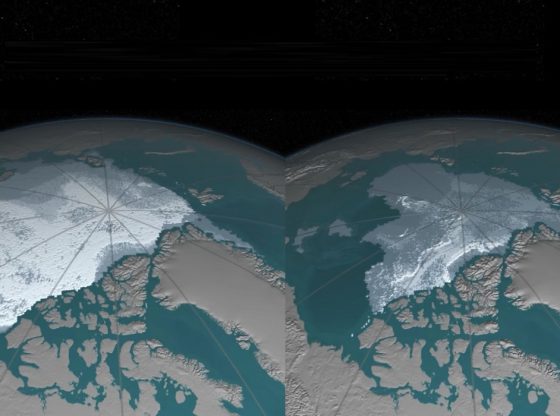
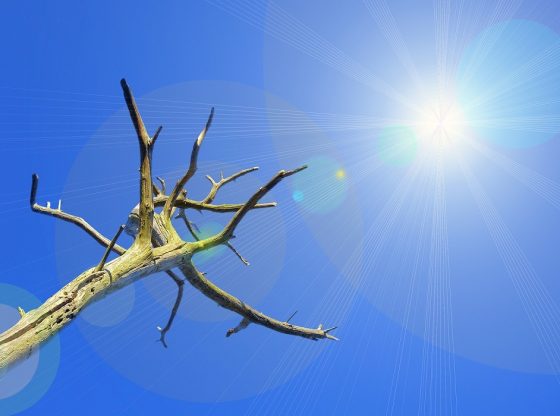
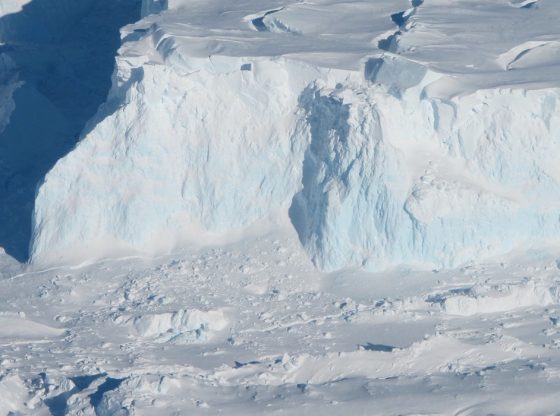
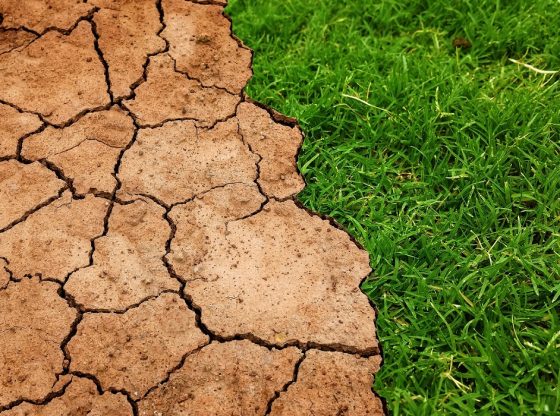
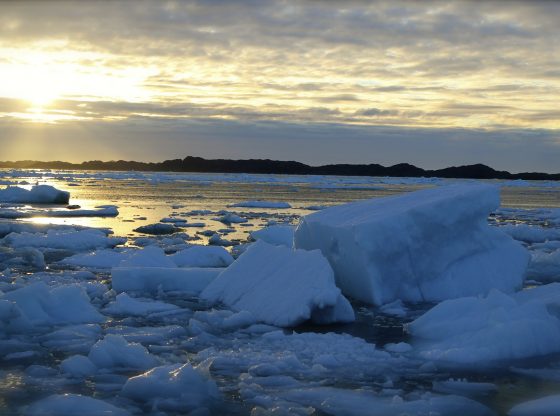
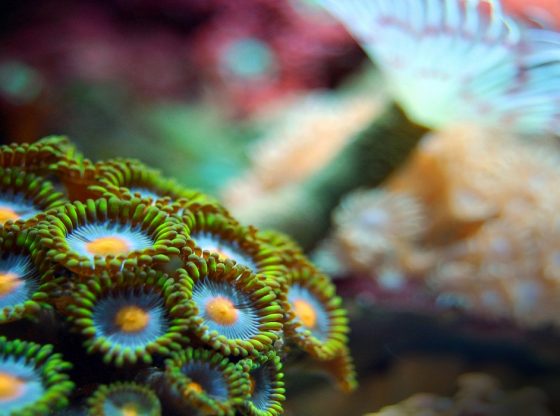
![OpenAI. (2025). ChatGPT [Large language model]. https://chatgpt.com](https://www.illustratedcuriosity.com/files/media/55136/b1b0b614-5b72-486c-901d-ff244549d67a-350x260.webp)
![OpenAI. (2025). ChatGPT [Large language model]. https://chatgpt.com](https://www.illustratedcuriosity.com/files/media/55124/79bc18fa-f616-4951-856f-cc724ad5d497-350x260.webp)
![OpenAI. (2025). ChatGPT [Large language model]. https://chatgpt.com](https://www.illustratedcuriosity.com/files/media/55099/2638a982-b4de-4913-8a1c-1479df352bf3-350x260.webp)








